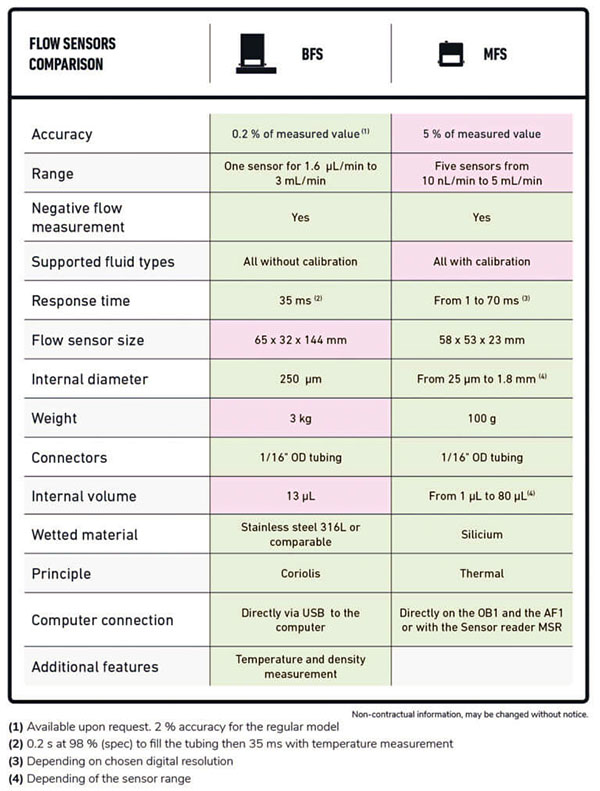
-
 AARONIA AG
AARONIA AG
-
 ADASH
ADASH
-
 Amptek
Amptek
-
 AOiP
AOiP
-
 AstroNova
AstroNova
-
 Automatic Research
Automatic Research
-
 AWSensors
AWSensors
-
 BASI
BASI
-
 BRS
BRS
-
 CALMET
CALMET
-
 CHECKLINE
CHECKLINE
-
 Cmc
Cmc
-
 C-Tech
C-Tech
-
 CTRL
CTRL
-
 DANATRONICS
DANATRONICS
-
 DV Power
DV Power
-
 EA Technology
EA Technology
-
 ECH
ECH
-
 EL-CELL
EL-CELL
-
 Electrothermal
Electrothermal
-
 Elsys
Elsys
-
 ELVEFLOW
ELVEFLOW
-
 Enapter
Enapter
-
 ENERGY SUPPORT
ENERGY SUPPORT
-
 Enervac
Enervac
-
 FASTEC
FASTEC
-
 Gaskatel
Gaskatel
-
 GE
GE
-
 GIUSSANI
GIUSSANI
-
 Globecore
Globecore
-
 GMW
GMW
-
 GREENLIGHT
GREENLIGHT
-
 GRZ
GRZ
-
 HIGH SENSE SOLUTIONSHTW
HIGH SENSE SOLUTIONSHTW
-
 HTW
HTW
-
 HUBER
HUBER
-
 HVPD
HVPD
-
 Ida
Ida
-
 Instytut Fotonowy
Instytut Fotonowy
-
 IVIUM
IVIUM
-
 Jacomex
Jacomex
-
 Jenway
Jenway
-
 JGG
JGG
-
 KEHUA TECH
KEHUA TECH
-
 Labdex
Labdex
-
 Labnics
Labnics
-
 LIQUID
LIQUID
-
 METERTEST
METERTEST
-
 Metrel
Metrel
-
 Microrad
Microrad
-
 micrux
micrux
-
 ndb
ndb
-
 Neware
Neware
-
 Norecs
Norecs
-
 Novocontrol
Novocontrol
-
 OKOndt Group
OKOndt Group
-
 OZM
OZM
-
 Pine Research
Pine Research
-
 Redoxme
Redoxme
-
 SATIR
SATIR
-
 SDT
SDT
-
 Serstech
Serstech
-
 VacCoat
VacCoat
-
 Zurich
Zurich
- AARONIA AG
- ADASH
- Amptek
- AOiP
- AstroNova
- Automatic Research
- AWSensors
- BASI
- BRS
- CALMET
- CHECKLINE
- Cmc
- C-Tech
- CTRL
- DANATRONICS
- DV Power
- EA Technology
- ECH
- EL-CELL
- Electrothermal
- Elsys
- ELVEFLOW
- Enapter
- ENERGY SUPPORT
- Enervac
- FASTEC
- Gaskatel
- GE
- GIUSSANI
- Globecore
- GMW
- GREENLIGHT
- GRZ
- HIGH SENSE SOLUTIONSHTW
- HTW
- HUBER
- HVPD
- Ida
- Instytut Fotonowy
- IVIUM
- Jacomex
- Jenway
- JGG
- KEHUA TECH
- Labdex
- Labnics
- LIQUID
- METERTEST
- Metrel
- Microrad
- micrux
- ndb
- Neware
- Norecs
- Novocontrol
- OKOndt Group
- OZM
- Pine Research
- Redoxme
- SATIR
- SDT
- Serstech
- VacCoat
- Zurich
精密微流體流量感測器 - MFS
MICROFLUIDIC FLOW SENSOR - MFS 型號:MFS- 廣泛的流量範圍讀取
5種感測器覆蓋了從0.07 μL/min到5000 μL/min的流速範圍 - 流量監測和控制
與Elveflow的感測器讀取裝置或流量控制器搭配使用。 - 高精度
測量值的5% - 典型
-
特點
Elveflow的微流體流量感測器使用熱飛時測距 ( ToF :Time of Flight)技術來測量微尺寸通道中的流量。它的特點使它成為微流控應用的一個強大、可靠和經濟的解決方案。
- 5種感測器覆蓋了從0.07 μL/min到5000 μL/min的流速範圍
- 測量值的5% - 典型
- 與Elveflow系列的其它儀器完全相容(MSR感測器讀取裝置和流量控制器(OB1,Cobalt))
- 非侵入式的測量
- 化學兼容性高:接觸液體的元件由PEEK和玻璃製成。
- 低至1μL的死體積。
- 雙向流量測量(正向和反向)
流量控制
您可以通過將任一微流體流量感測器與Elveflow壓力控制器系統(OB1 MK3+,Cobalt)相結合,實現實驗的流量控制。 Elveflow 的ESI軟體會自動調整壓力以達到所需的流量。
想要監測第三方儀器(如注射泵)流量的研究人員可以將流量感測器插入微流體流量感測器讀取裝置中(MSR )。
工作原理
該如何選擇哪種微流體流量感測器?
Elveflow提供了5種不同的微流體流量感測器(+1 科里奧利- BRONKHORST流量感測器),它們在特定的範圍內都是準確的、精確的。請使用Elveflow的解釋範圍和精度表,以便為您的應用選擇最合適的微流體流量感測器。
註記 : 請注意,範圍可能會根據流體特性(粘度...等)而改變。

感測器讀取裝置
是一個專門設計用於Elveflow的所有感測器的裝置。
該讀取裝置允許將Elveflow感測器與任何用於驅動液體的第三方儀器
(注射泵、蠕動泵、灌注、壓力控制器)一起使用。Elveflow提供兩種類型的流量傳感器:一種是基於熱傳導技術的(微流體流量感測器),一種是基於科里奧利原理的(BRONKHORST流量感測器)。這兩種感測器都有優點和缺點,已經在下表中進行了總結。該表有助於您根據您的應用和預算來選擇感測器。

-
HIGHLIGHTS
Elveflow’s Microfluidic Flow Rate Sensor uses thermal time-of-flight technology to flow rates in micro-size channels. Its features make it a robust, reliable and affordable solution for microfluidic applications:
- 5 sensors covering water flow rates from 0.07 to 5000 µL/min
- 5% accuracy on most of the operating range
- Fully compatible with other instruments from the Elveflow range (MSR Sensor reader and Flow Controllers (OB1, Cobalt))
- Non-invasive measurements
- High chemical compatibility: wetted parts made of PEEK and glass
- Low dead volume down to 1 μL
- Bi-directional flow rate measurement (positive & negative)
Flow rate control
You can achieve flow control of your experiment by combining any Microfluidic Flow Sensor with our pressure controller systems (OB1 MK3+, Cobalt). The Elveflow ESI software automatically adjusts the pressure to reach the required flow rate.Researchers who want to monitor the flow rate of a third party instrument like a syringe pump can plug the flow sensor to our Microfluidic Sensor Reader (MSR ).
WHICH Flow SENSOR TO CHOOSE?
Elveflow offers 5 different flow rate sensors (+1 Coriolis Bronkhorst Flow Sensor) that are each accurate and precise in a given range. Use our explanatory range and accuracy chart in order to choose the most fitting Flow Sensor for your application.
sensor reading MODULE
The Sensor Reader is a device specifically designed to be used with all of Elveflow’s sensors.
The reader allows to use Elveflow Sensors with any third party instrument used to drive liquid
(syringe pump, peristaltic pump, perfusion, pressure controller).Elveflow offers two types of flow rate sensors: one based on the thermal conductivity technology (Microfluidic Flow Sensor) and one based on the Coriolis principle (Bronkhorst Flow Sensor). Both sensors have pros and cons that have been summarized in the table below. This table helps you choose your sensors depending on your application and your budget.











